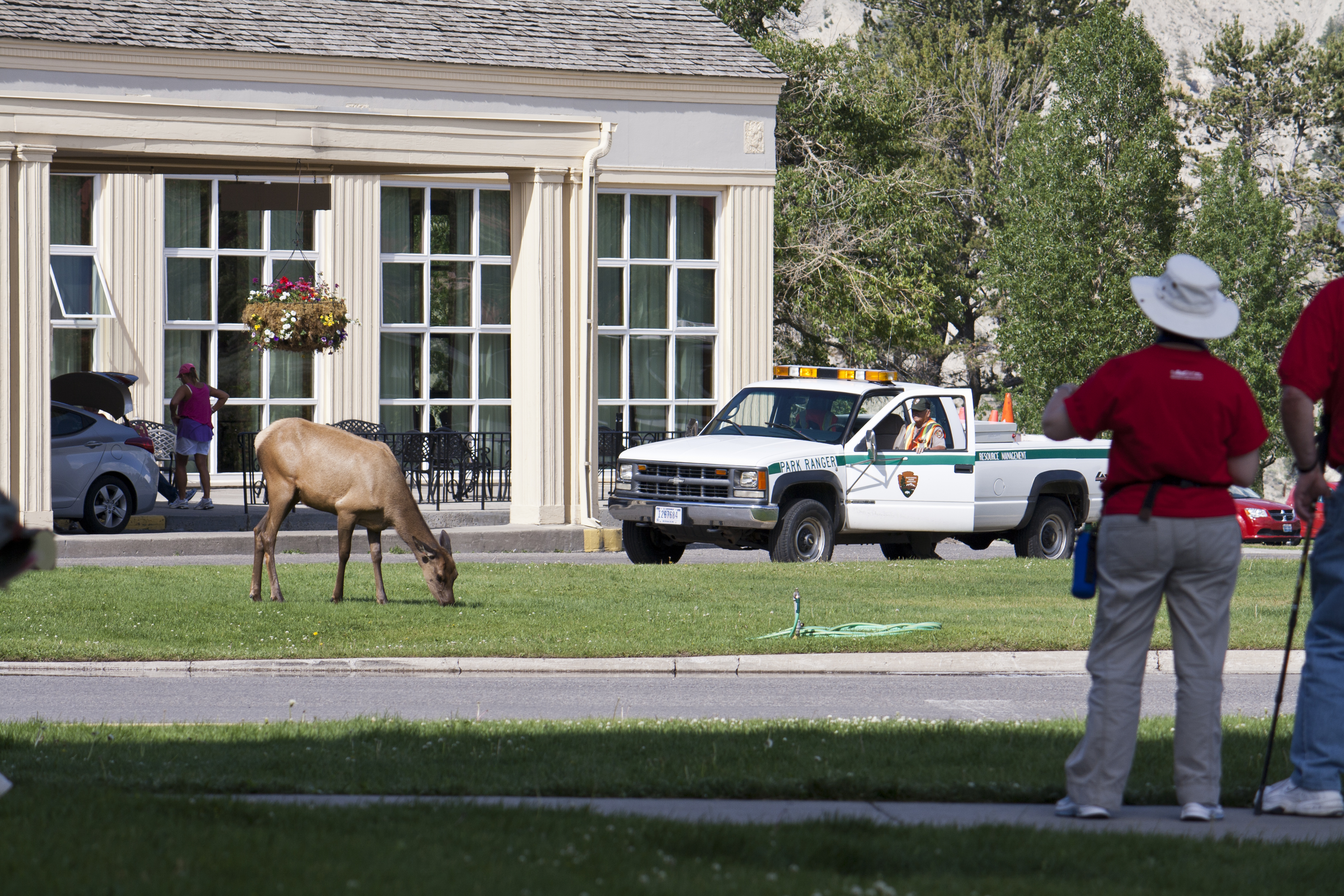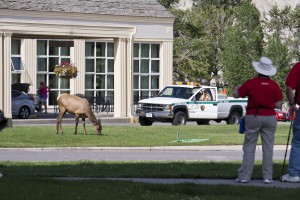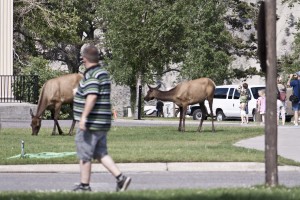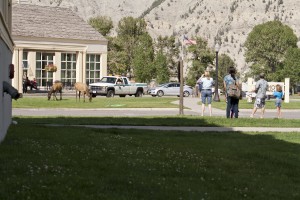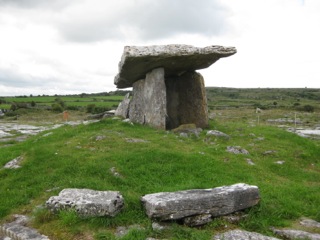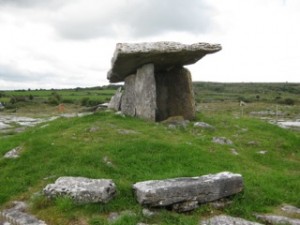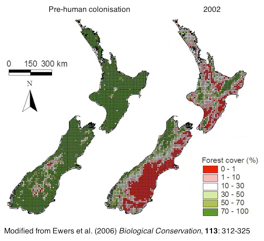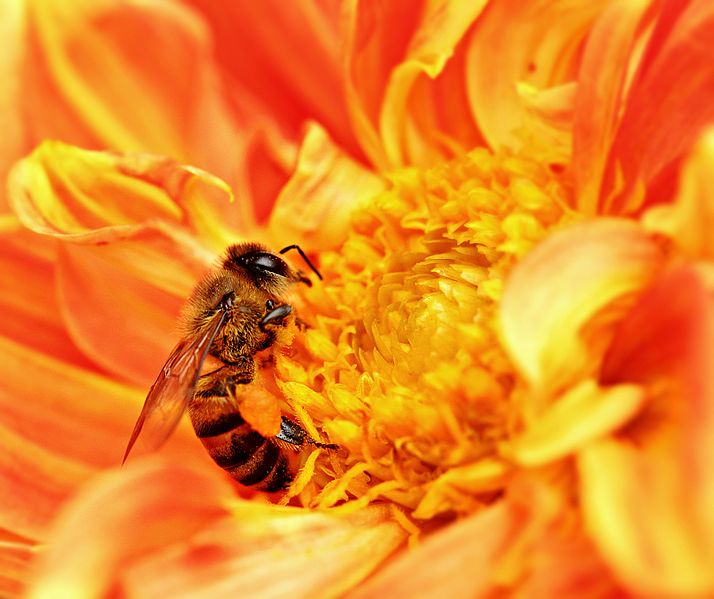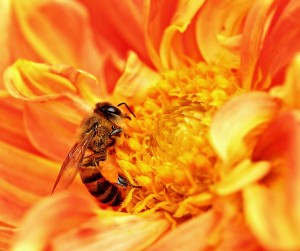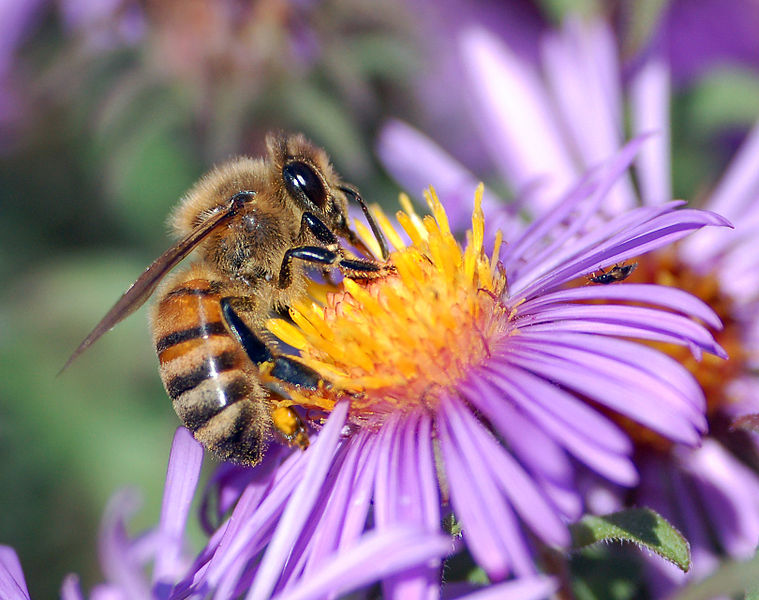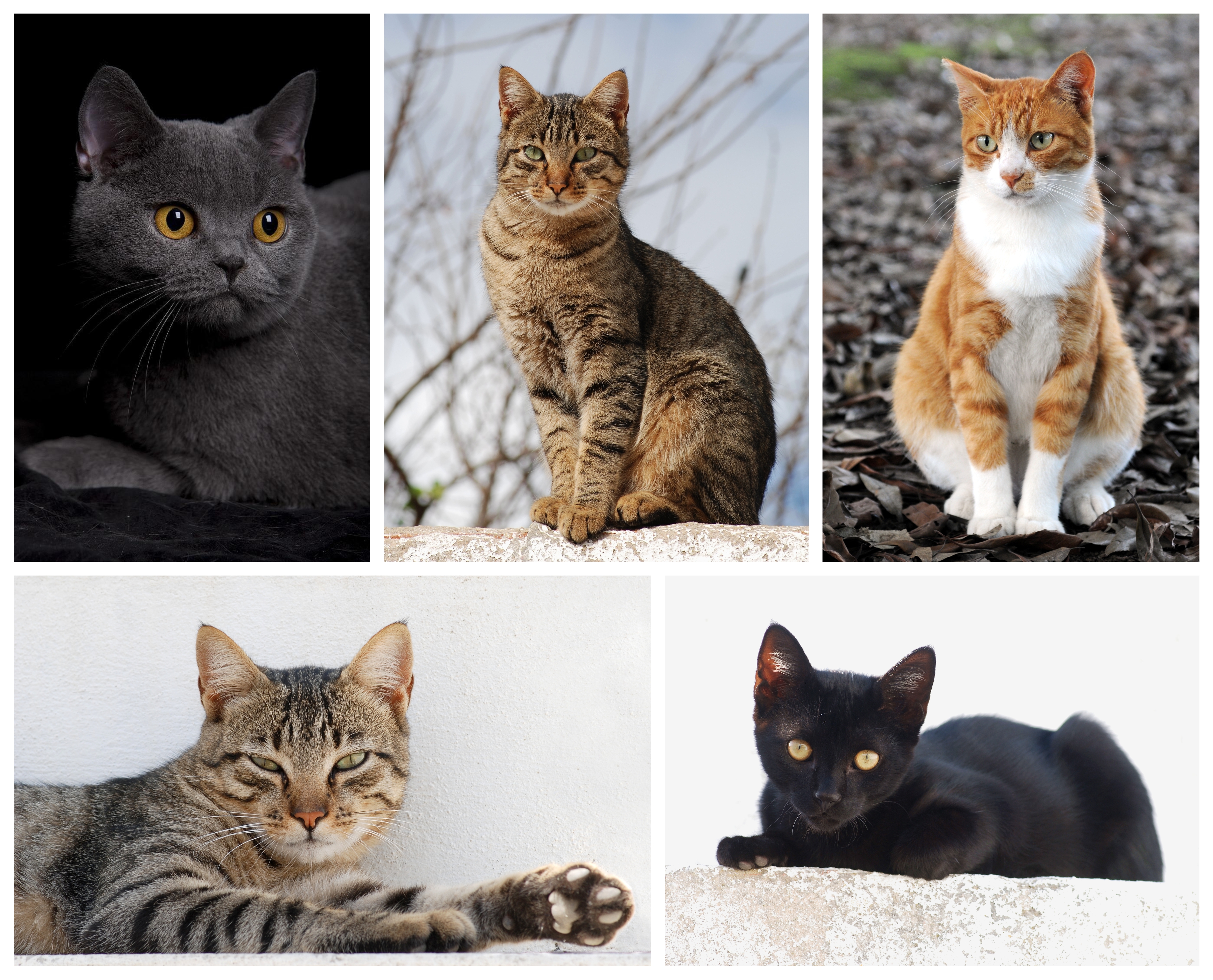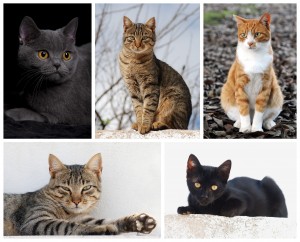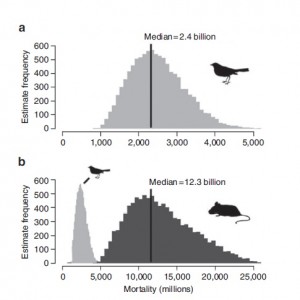Apologies in advance for this perhaps unconstructive rant! But I’ve found the process cathartic after spending my whole holiday worrying that someone nearby was going to get kicked, crushed or eaten through their own stupidity!
For my summer holiday this year I spent a week in Yellowstone National Park in the USA. It was awesome apart from one thing: the people.
Everywhere you go in Yellowstone and the surrounding areas (including a brilliant sign showing you how to bear-proof your bird feeder in the bathrooms of a BBQ joint in Jacksons Hole) you find warnings about bears. These warnings exist because bears can be extremely dangerous. Male grizzly bears, which are common in Yellowstone, can weigh up to 360 kg and their bite could crush a bowling ball. Not something you want to mess with at close hand! Both male and female grizzlies can also be extremely aggressive when defending their young or a food supply, or if they are surprised and feel threatened. [If you’re still not convinced that you should be wary of bears I suggest watching the excellent and disturbing documentary “Grizzly Man”]. The warnings remind visitors to keep all their food and scented items (including toiletries) contained at all times, to make a noise on hiking trails to make bears aware of your presence, and to always stay at least 100 feet from a bear. These warnings are not only so the park can avoid lots of bear-related injuries, they are also there to protect the bears. If a bear becomes reliant on human food it will become a nuisance and start raiding campsites etc. This eventually leads to the bear needing to be killed or relocated. So the warnings are good for the bears AND good for the visitors, which means everyone follows them right? No, because people are idiots.
Yellowstone also has some other amazing large mammals, notably bison and red deer. The red deer (Cervus elaphus) in the USA are known as elk and they’re bloody huge compared to the red deer we get in Europe (see pictures). Unfortunately the elk have realised that the nicest grass in the park is around Mammoth where the many visitor services (including the park office, staff village, hotel, shops and restaurant) are surrounded by beautifully manicured lawns. This means that one of the most densely populated tourist areas is also covered in female elk grazing while keeping a watchful eye on their offspring asleep in the shade. This presents a real problem to the park rangers who seem to spend most days trying to prevent traffic jams and accidents caused by elk in the road and overexcited tourists. They put up loads of signs warning people to keep their distance from the elk to prevent injury. Of course everyone obeys these warnings right? No, because people are idiots.
Finally, there are huge herds of bison roaming Yellowstone. They’re gorgeous and definitely my favourite feature of the park, even if they do have the habit of looking like bears from a distance! They are probably the most problematic animals for the park rangers because they often graze along the sides of the roads. This causes traffic jams when they block the road, but also allows tourists to pull up on the verge and get really close to take pictures. Generally the bison are fairly docile, but during rutting season every year at least a couple of tourists get gored or thrown by male bison. Again the park rangers warn everyone to stay at least 25 feet away from bison at all times. But do people pay attention? No, because people are idiots.
There is always a temptation to blame this on national stereotypes and suggest that people here would never do anything as stupid. Luckily Dusty the dolphin appeared this summer to give us an Irish flavor of idiocy! Dusty is a dolphin that lives in County Clare in a harbour. This summer, because of the unusually nice weather (thanks global warming!), poor Dusty was being harassed by swimmers trying to touch her and ride around on her back like she was Flipper. Of course Dusty is a wild animal so she reacted like a wild animal by attacking a number of people, leaving one woman in hospital with internal injuries. The local authorities repeatedly warned people to stay out of the harbour and to leave Dusty alone, but all summer there were more reports of people getting back into the water with her. Why? Because people are idiots.
But perhaps I’m being a little harsh here? Nothing quite compares to the thrill of spotting your first “something awesome” in the wild, so I can completely understand why people get overexcited (the first time I saw a hummingbird I jumped up and down repeatedly squealing “hummingbird!” which would be fine if I hadn’t also been 27, on my own, and on a guided tour of Alcatraz at the time). However, after that initial rush, the response to a wild animal must be guided by the fact it is wild. Perhaps the problem is that bears, bison, elk and dolphins are charismatic, and we’ve all grown up watching cartoons and documentaries about them so we don’t have a healthy level of fear? Perhaps this is something we need to make clearer in documentaries? In particular I think we need to show how far away the camera is when the beautiful close up shots are taken. Many people visiting national parks are disappointed by seeing an animal at a distance, but this is because we’ve all been conditioned to expect to be as close as David Attenborough appears to be. We also need to be more honest about animal behavior in the wild. Documentaries have a tendency to anthropomorphize animals making them appear unthreatening and cutting out anything too graphic. But in the wild it’s a constant struggle for survival that leaves very little room for altruism. Male lions kill the cubs of other males when they take over a pride; dominant meerkats will viciously attack subdominants that become pregnant, often killing them and their offspring in the process; and chimps will rip the limbs off colobus monkeys (and chimps from nearby groups) and eat them. Nature is “red in tooth and claw” and perhaps we need to make more effort to teach people this before they go to national parks and put themselves, their families and the animals at risk?
Author and Photos: Natalie Cooper, ncooper[at]tcd.ie, @nhcooper123

